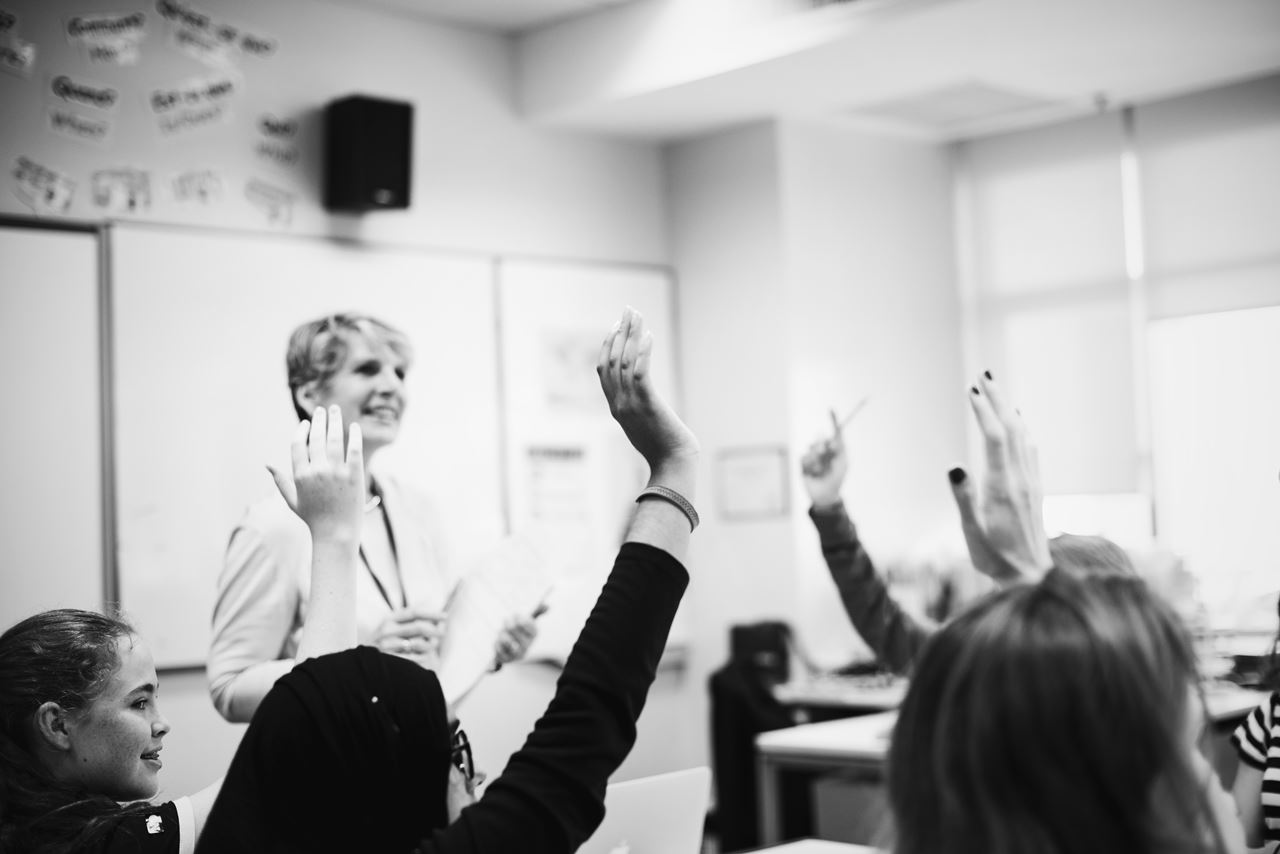Student data and outcomes are what politicians, reporters, and the general public pay attention to. There are constant conversations about how students must enhance their learning and skills, but not enough attention is paid to the effective methods that educators can employ, or the role Edech companies can play. Teachers and administrators need time, training, and support to implement these methodologies, even in this COVID-19 influenced environment. After all, if student results are really what people want (and they should!), then the methodologies need to align with such growth. As Sir Ken Robinson puts it in his TED Talk “Do Schools Kill Creativity” education should inspire children and build upon their strengths. Children with positive self-efficacy, curiosity, and strong base-skills will perform well on almost any test, and the following teaching techniques are effective ways to develop such scholars at any age. For EdTech companies, the opportunity is to make these methodologies easier to implement and more effective for individual feedback and progress monitoring.
Project-based learning
Project-based learning (PBL) is not new. At its base, it is a type of pedagogy that requires the curriculum and teaching to build knowledge and skills with students who will then apply their learning in different ways. With the arrival of new information and communication technologies, PBL becomes even more important and relevant. Children of all ages need to learn how to wade through and analyze information and then apply it all in some way. Project-Based Learning allows students to obtain all-important knowledge and skills through the development of projects that are a model of real-life problems. Starting from an actual problem, instead of some hypothetical or abstract situation, lessons and resources are provided to give learners enough context to understand the question. Such an approach provides a clearer reason for the persistent question of “Why are we reading this?” by all students, especially those who struggle with reading or complex tasks. The teacher, in turn, becomes more of a guide than the “sage on the stage” and ends up learning alongside the students. In the end, PBL will help scholars progress in their abilities to ability to acquire knowledge as well as develop complex skills such as critical thinking, communication, teamwork, and problem-solving.
EdTech applications:
-Portfolio management for teachers with student progress monitoring
-Curricular materials for a large set of possible projects
-Leveled texts for a large set of content
-Multiple methods for students to display their learning
Learning through games and simulations
The integration of game mechanics and simulations is a way to take advantage of PBL in terms of application of learning without the heavy curricular changes. This is also not a new method of teaching, but, mainly due to the development of more complex and realistic video games, this approach has gathered extraordinary attention from the EdTech industry. Technology-based games and simulations such as “Carmen Sandiego, Reader Rabbit, Darwin’s Pond, and Newton’s Forces had already gained significant popularity, while new ones such as Starfall and Prodigy are steadily increasing. Many new iterations allow for teachers to set certain levels or required activities, monitor student progress, and provide feedback. There is still a huge place for in-person, paper or manipulative-based activities, but being able to tailor the experience for each child, to appropriately challenge each child, streamline the work for teacher, and make the most of our current COVID-19 hybrid environment makes this methodology one worthy of implementation.
More time reading diverse texts
This is a simple but sometimes overlooked one. For all the advances video has made in our world, the written word is still the primary source for information and communication. Being a “good” reader is more than just being able to decode the words on the page correctly. It involves being able to understand what the point of the text is and why certain things may or may not be important. For instance, if a student were to read about polar bears with no understanding of the arctic or about WW2 with no understanding of the complex relationship among the allied forces, neither student would truly be able to pull meaning from the text. Being able to read effectively and efficiently means having a high level of fluency, comprehension, and background knowledge. All learners need time with a variety of texts to build these critical skills and students are spending less and less time actually reading.
EdTech Applications:
-Log for books students have read, including level and content
-Different assessments for a large variety of books
-Text-to-speech
-Vocabulary builder to be used in context of the text


